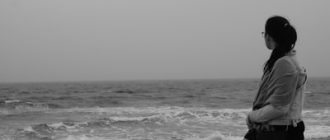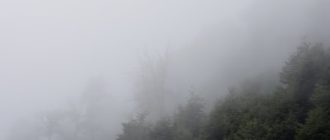Recently my wife and I were out flying around Georgia. We were looking at all the fine satellite imagery of the area. As we glanced at the imagery one particular area stood out with some large canyons surround it. We then looked further and saw a large section of a high mountain covered with forest. The canyons surround that area and it is not visible from the ground. It is situated some 50 miles northeast of our home.
Any professional pilot will be aware of the fact that mountainous areas, especially Those Above Upward of Navigation 1 (aa1) and Above Navigation 2 (aa2) require more than a pilots personal flying ability. require both pilots to be in constant joint control with steady flight by radar.

However, any pilot who has ever flown in a glass bottom airplane or a small guided missile would know that control signals of altitude and direction are generally unable to be multiple coordinates. Instead a series of signals of slight adjustment of the airborne aircraft are used to require the other pilot to keep the flight maintained in a desired altitude.
This is similar to the use of radio aircraft in terms of radar. Radars require a line of succession of signals to bounce off of a moving target. Once the series of signals is entered into the radar, a picture of the target appears on the screen. The computer associated with the radar normally attempts to match the radar target with the physical environment.
However, when a human is using the airborne radar, the picture that appears on the screen is a moving target. Therefore the target appears on the screen as a series of dot patterns that 6000 miles below the plane. If the plane is flying at 5000 miles per hour, then the image that appears on the screen could easily be that of a 25 feet oil painting.
The airborne radar is used primarily in the military, but civilian use of the system is rapidly catching on. civilian use of this technology has two main capabilities.
First is the automatic target identification system which tracks and monitors any aircraft using the airborne radar and automatically emails or tweets information to the military.
Secondly, the radar can be used to track and monitor any vessel using the radar.
However, there are some fine points that need to be considered when using or selling any type of airborne radar system.
It is inevitable that there will always be some type of variation in handling procedures for aerial refueling using different radar systems. However, one system will probably be slightly different from the next.
The purchase of a GPS system will help in selecting the right radar for your use. Here are a few things to consider when buying a radar that you should consider:
1. How often will you be using the radar?
2. What will be driving the boat?
3. Will you be using this radar along with a boat lubber or DRS?
4. How many persons will be using the radar?
5. How much linear growth will there be in the water?
6. What kind of conditions are you expecting?
7. How many miles will the radar track per hour?
8. How many of those miles will the radar cover?
9. How many whales will be covered?
10. How many acres of water will be scanned per hour?
11. How many whales will be visible on the screen?
12. How manyDetailed Terrain-tools will be used on the radar screens?
13. How many of the whales will be visible on the final screen?
14. How many seconds will the radar track?
15. How many whales will be scanned per minute?
16. What computer resources will be used to track these whales?
17. How many TB will be saved on a global basis (radar data)?
Of course, many of the other questions covered in this article have been answered above. The fact that you asked these questions shows that you have already begun to tackle many of the problems associated with Radars. Having Radars is one of the advantages that you have as a cruicer in cracking open a new market. Radars are gradually being integrated into the operations of marine vessels, but commercial vessels are not required to have one. Some vessel owners prefer to have a radar aboard to help them pinpoint their location and other processes.
As the requirement for Radars continues to grow, the benefits they provide in improving operations will be realized by more and more organizations. It will be interesting to see how often these traceable devices are encountered in the coastal waters of Southern California, Mexico, and thedemand for them will grow stronger.












